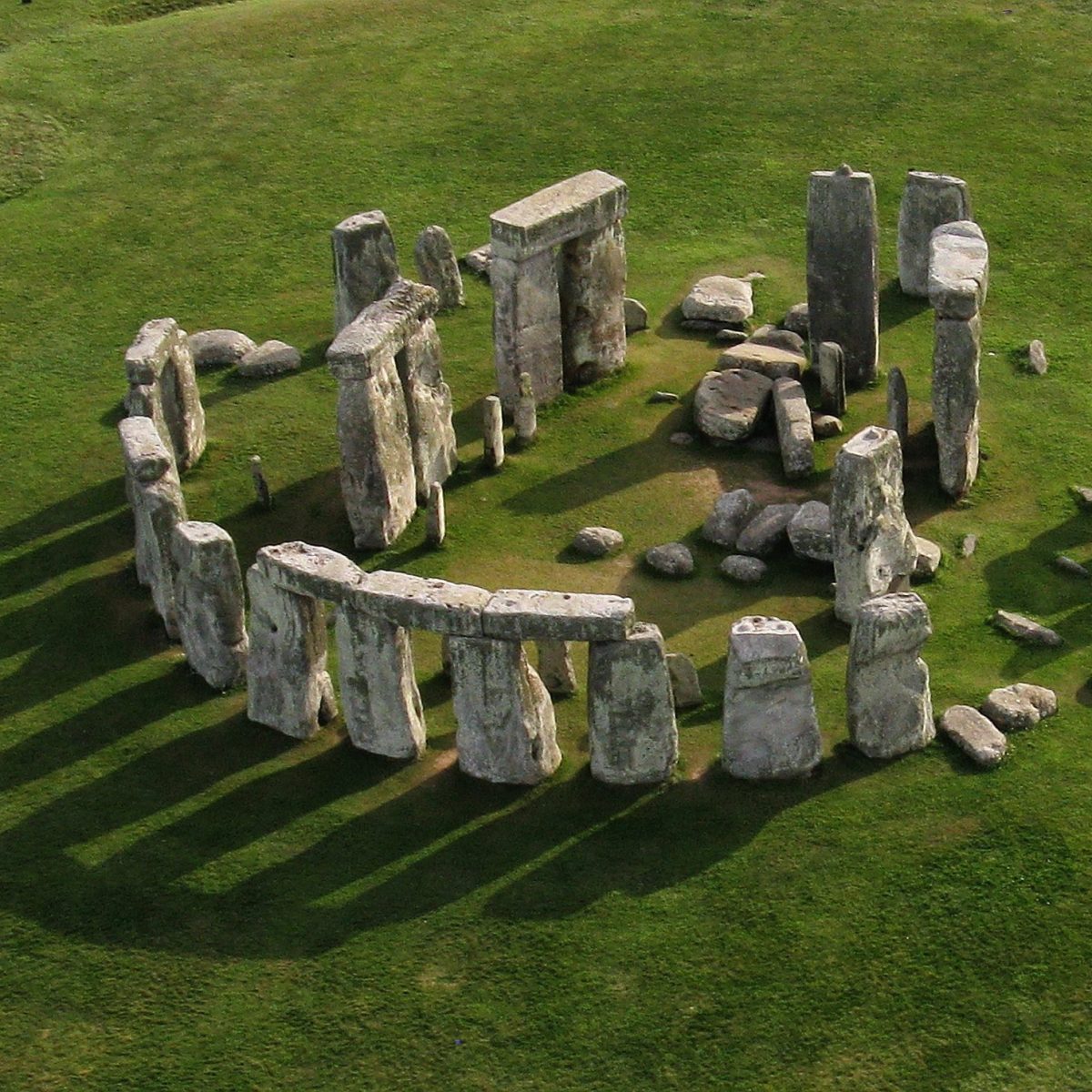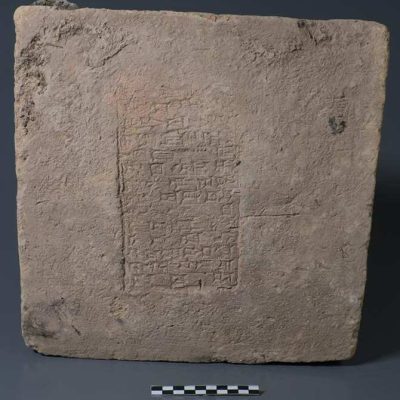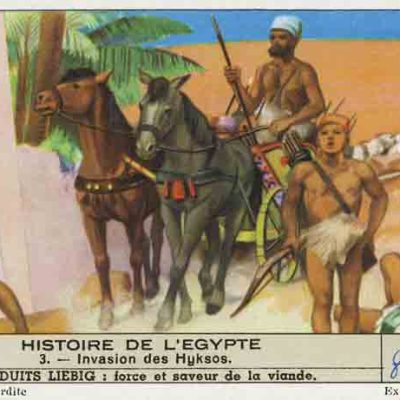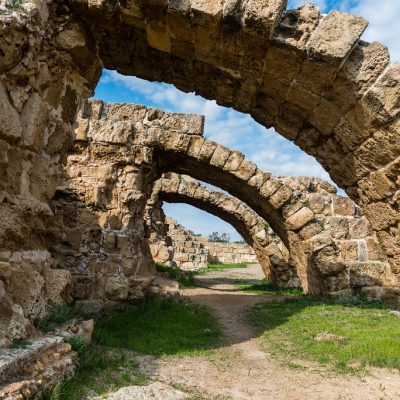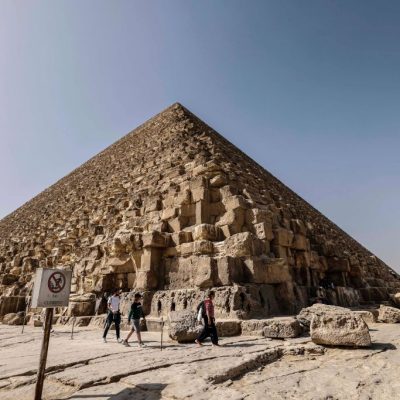A new study has revealed that the mysterious Altar Stone of Stonehenge does not originate from its previously assumed location of Aberystwyth, Wales. Despite being one of the most extensively researched archaeological sites, scientists have recently discovered mass graves and one of the largest and most complex prehistoric monuments in Europe in the immediate vicinity of Stonehenge. The Altar Stone, also known as Stone 80, remains a puzzle for archaeologists. The outer ring of Stonehenge is made up of sandstone blocks weighing up to 40 tons, while the inner core consists of dolerite stones, also known as Bluestones. The Altar Stone, which is buried under several Bluestones, is made of red sandstone and has a high barium content that distinguishes it from the typical sandstone of the Anglo-Welsh Basin.
A study by Aberystwyth University, published in the Journal of Archaeological Science: Reports, has shown that the Altar Stone’s composition differs significantly from the usual rock of its supposed origin. The researchers analyzed sandstone from 58 different locations in the Anglo-Welsh Basin and found that only four places had similar high barium content to the Altar Stone. However, these locations had different characteristics from the red sandstone of the Altar Stone. Therefore, the scientists are convinced that the Altar Stone did not come from the Anglo-Welsh Basin. The researchers have not yet been able to determine the Altar Stone’s origin, but they are certain that it did not come from Wales.
The massive blocks of the outer ring of Stonehenge are believed to have come from a region 25 kilometers away, while the Bluestones are thought to have been moved from a previous stone circle in Wales. The study’s findings challenge the long-held belief that the Altar Stone and the Bluestones came from the same source. The researchers hope that further studies will shed light on the Altar Stone’s origin and provide new insights into the construction of Stonehenge.


